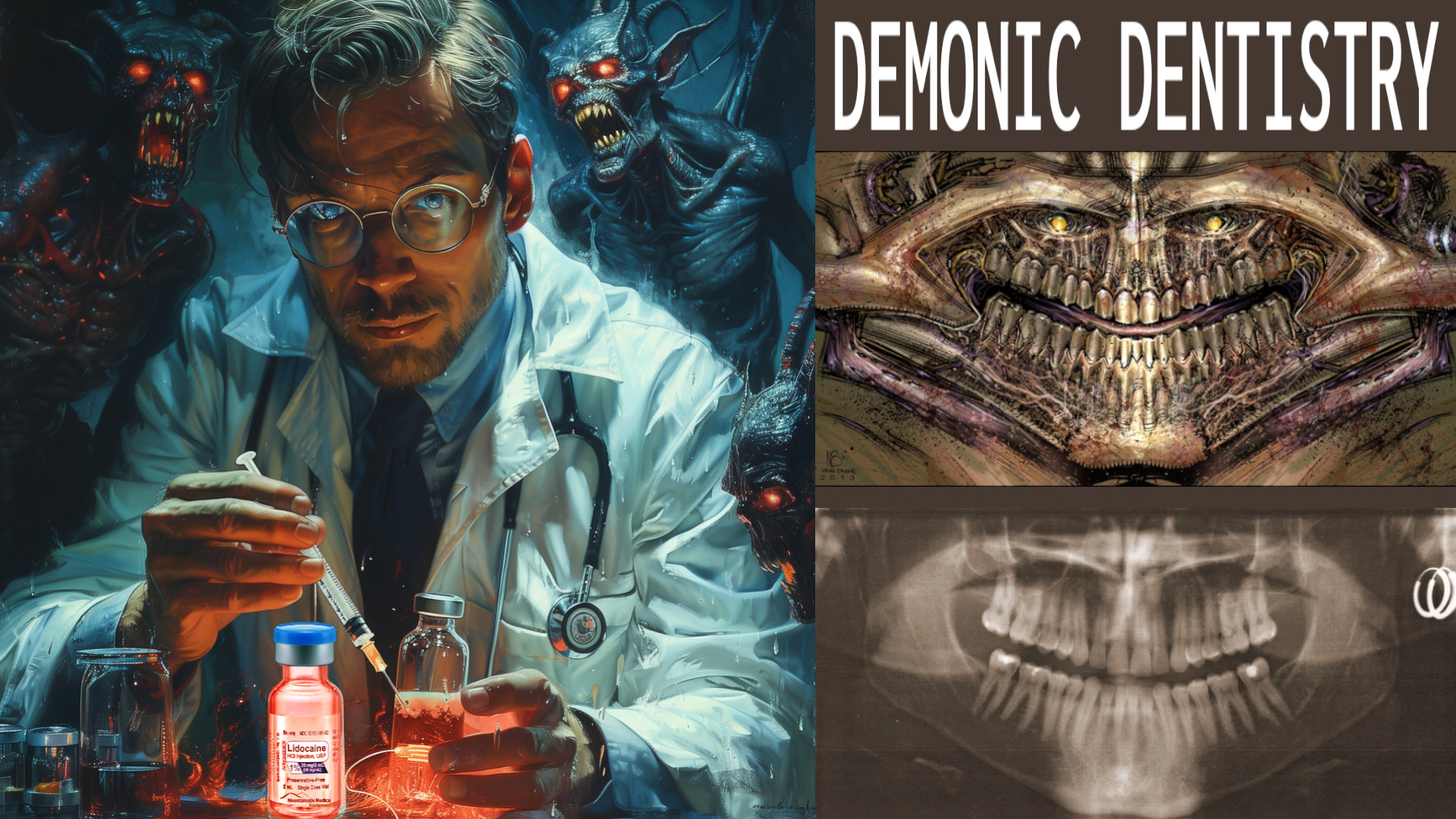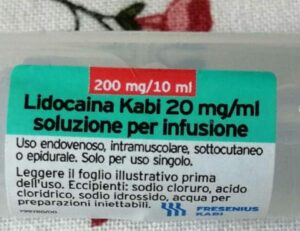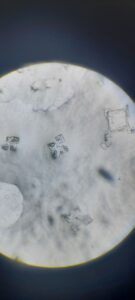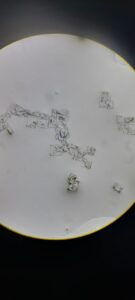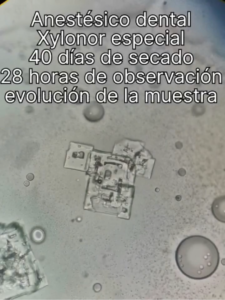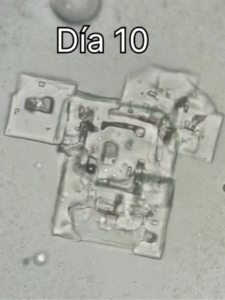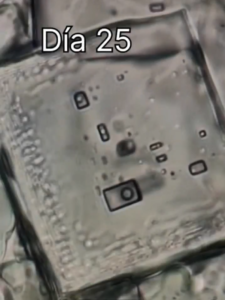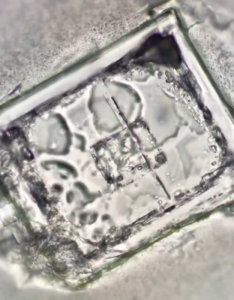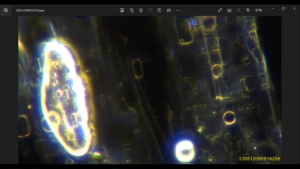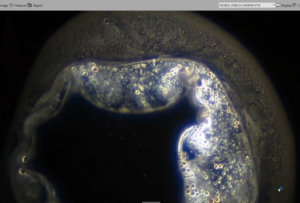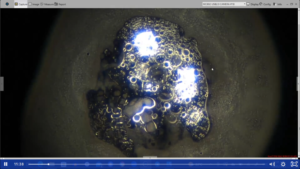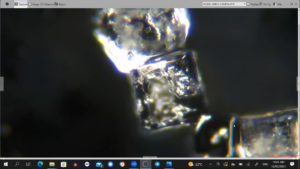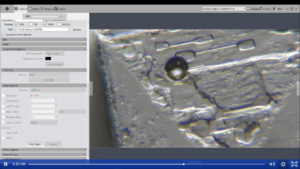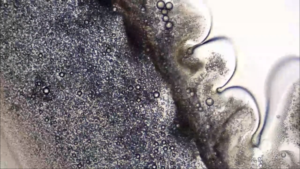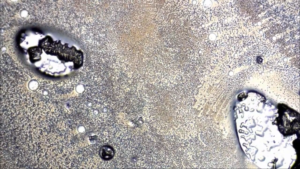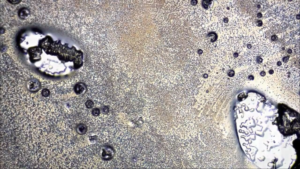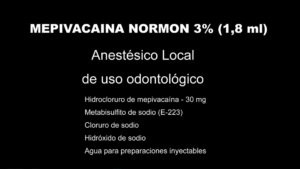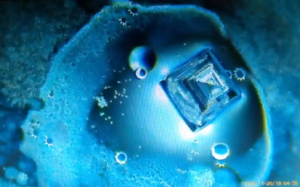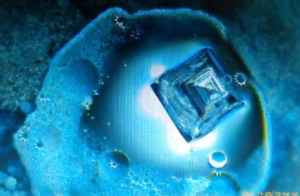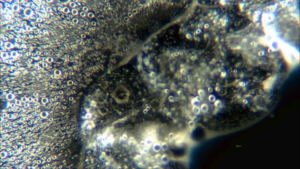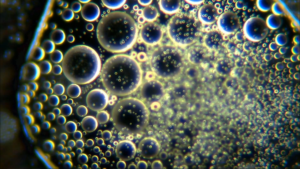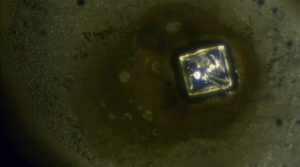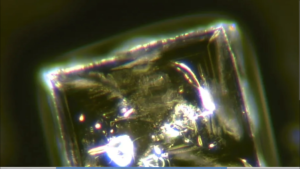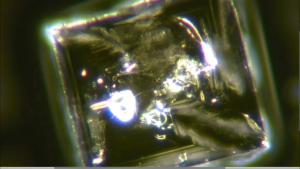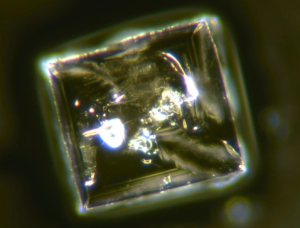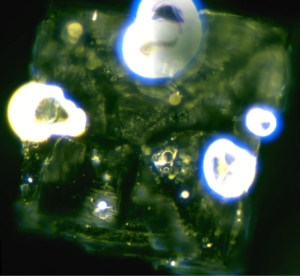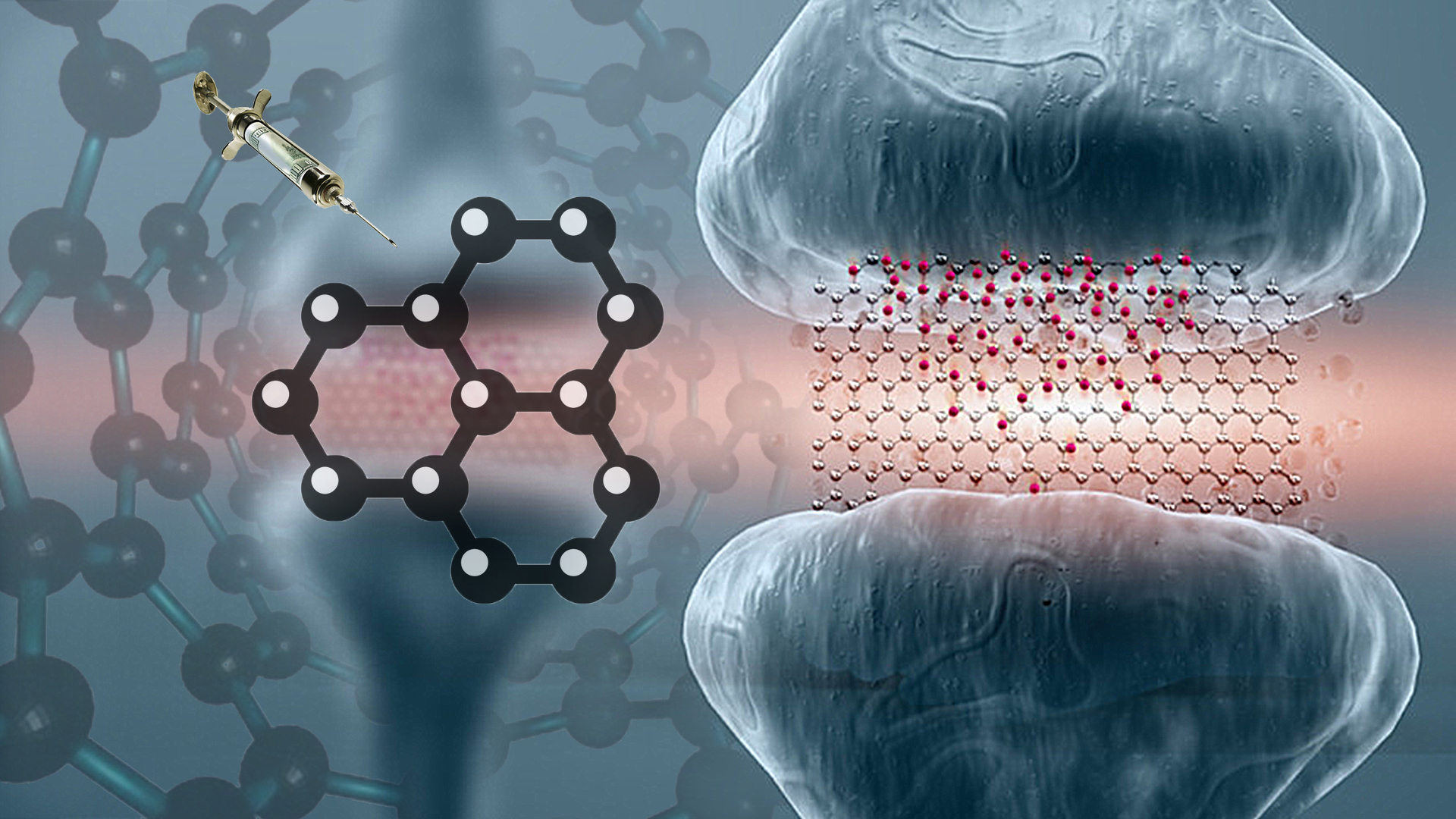Intro
All dentists are satan worshiping evil minions with pentagrams painted on the floor of their living rooms, with blood, and they drink blood too.
All jokes aside, only some of them are, I don’t know the exact number.
Ok, I’m done now.
Obviously, the majority of dentists aren’t evil people that want to harm you. However, there’s definitely evil higher up, where materials science happens and protocols are written, that eventually promulgate down to the dentists.
Dentists who put those protocols in practice, are involved in causing harm, out of ignorance, willful ignorance or consciously. Yes, there’s also a facet of "these materials are not perfect, but it’s the best we have".
I might seem hard on dentists at times, however, I’m grateful they exist because I definitely need them, and I have admiration and respect for their sculpting skills, steady hands and discipline to learn it all.
There’s a rich history of dental practices that led to the title of the article.
Adding to that history, are the latest reports on dental anesthetics, that pushed me to reject all local sedation injections at the dentist.
The first chapter is the most recent of historical events. The rest of the article is more or less chronological in appearance on the world stage.
Microchips in dental anesthetics
Screenshots from the videos
The main goal of this chapter is to collect videos and articles that report self-assembling microchips in dental injection vial fluids.
Videos
- Mateo Taylor & Maria Zeee – Warning DENTIST intramuscular analgesics are administering the Nanotech and grapene oxide
- Xylonor Special- laverdadtriunfara
- Description translated: 40 days of drying and 28 hours of observation. The same person who purchased the anesthetic sent me the video privately, this is totally real.
- Dental sedation (anaesthetic) microscopy 8.21. David, Mat & Shimon – 230512
- Study of Dental Anaesthetic Carbocaine Introduced to Human Blood (Part 1) – Len Ber
- Mepivacaine – Análisis al microscopio de anestesia dental – La Quinta Columna TV
- WT zooms in on Lignocaine Popping Bubbles – David Nixon Dental Anesthetics Microchips
Magnetic purification technique for graphene oxide
- Sevillano-delgado magneto-thermal depuration technique – La Quinta Columna
- Técnica de depuración magneto-térmica refinada – La Quinta Columna TV
Articles
- Lignocaine re-visited – David Nixon
- New Crystal images from Lidocaine using RIFE – Karl C.
- Comparative Morphology of Microchips Assmebled in Dental Anaesthetics Lidocaine and Carbocaine – Len Ber
- Dental Anesthetic Septocaine Mixed With Live Blood Shows Nano Sensors, Attack Red Blood Cells And Cause Clot Formation. Darkfield Microscopy – Ana Mihalcea
General information on dental anesthetics
The vast majority of the regularly used dental local anesthetics are amides, for example, lidocaine (lignocaine), mepivacaine, bupivacaine, etidocaine, prilocaine, and articaine.
Why do dental anesthetic have epinephrine in them?
Epinephrine (adrenalin) is a vascular constrictor, it contracts the veins and slows down blood flow, which is beneficial to prolong the duration of the sedation.
The normal body response to anesthetic injections, is to increase blood flow to carry away the substance. Epinephrine blocks that process.
Xylonor Special, active ingredients are lidocaine hydrochloride and epinephrine tartrate, produced by Septodont UK.
Septocaine is articaine and epinephrine.
Septopcaine manufacturers:
- Septodont
- Novocol Pharmaceutical of Canada, Inc.
Articaine (hydrocholoride), sold as:
- Septanest by Septodont
- Ultracain by Sanofi-Aventis
Amalgam fillings: Toxic mercury off-gassing
All silver-colored fillings are dental amalgam fillings, and each of these fillings contain approximately 50% mercury. They were the de facto standard before white fillings became mainstream.
Mercury is a toxin that causes damage anywhere it ends up in the body. You might have seen warning labels on thermometers that if the glass breaks, to not touch the mercury (liquid metal). But, putting it in your mouth is fine (sarcasm).
When I mentioned this to my dentist, the response was "It’s bonded, no worries". However, people measured for mercury off-gassing from these bonded fillings and there definitely was off-gassing as you can see with a green fluorescent background.
Mercury vapor is continuously emitted from dental amalgam fillings, and much of this mercury is absorbed and retained in the body.
The output of mercury can be intensified by the number of fillings and other activities, such as chewing, teeth-grinding, and the consumption of hot liquids. Mercury is also known to be released during the placement, replacement, and removal of dental amalgam fillings.
University of Calgary recorded how mercury in proximity of a neuron destroyed it.
Amalgam filling removal is a serious matter for both the patient and the dentist. They can contract accute mercury poisoning if safety measures aren’t followed. Joseph Sarkissian demonstrates a correct amalgam removal procedure.
Root canal fillings
A root canal filling comes in contact with arteries, veins and nerves, deep inside the tooth (pulp).
Amalgam has been used to fill root canals.
Remember, mercury (amalgam) is a toxic metal linked to neurodegeneration, and that material they choose to put in contact with veins and nerves.
Right, nothing to see here!
To be fair, many materials have been used for root canals, but I just can’t get over that one.
I found this documentary on root canals very interesting.
Composite resin fillings: Leaching hormone disruptor BPA
White fillings are polymer composite fillings, in other words, plastics, and the default choice in dentistry today.
They look prettier, and they make you prettier inside too, like gay, due to the endocrine disruptor bisphenol A (BPA) that leaches out from these fillings.
Maybe you’re lucky and receive a composite resin filling that does not contain BPA, however what did they replace it with?
The pattern in dentistry, but really throughout all industries, is that there’s always something poisoning us, and I have no doubt that is intentional.
Even so, polymers are suitable breeding grounds for bacteria. In a sense, they invite bacteria, leading to increased chances to contract caries.
The fillings are often weaker too, depending on the skills of the dentist, which potentially increases the amount of visits to the dentist.
- IAOMT – Bisphenol A Leaching from Dental Composites
- Dr. Anthony Jay – BPA Boys! Bisphenols FEMINIZE Males Like Soy (and so do bisphenol alternatives)
- Bud light contains bpa that makes men gay! bisphenol a is a endoctrine dirupter that mimics estrogen
Fluoride
Fluoride is in toothpaste and added to the water supply in some countries.
Fluoride is a toxic waste product from the aluminum industry. Overconsumption of fluoride can cause dental fluorosis.
Hitler fluoridated water supplies to keep people docile.
Truth is, there are zero reasons to expose anyone to fluoride, rather it’s used to poison populations and make them easier to rule.
Fluoride: The Hard to Swallow Truth Documentary (backup)
Bridges
A dental bridge entails drilling away large chunks from the teeth that are being repurposed to serve as anchors. This destruction is irreversible, yet normal once you agreed you want a bridge.
Natural teeth are hard, yet also have a degree of flexibility. They can expand and contract ever so slightly, and that is an important property of natural teeth.
When you install a bridge that consists of materials that are not flexible, the anchor teeth are closed in, and have no room to expand when they normally would. This can cause fracturing of the anchor teeth, opening the door for all sorts of misery.
Implants
Implants are metal screws drilled into the jawbone with materials on top of it that pretend to be a tooth. Titanium is commonly used as material for the screws, while the ceramic zirconia is used to sculpt the fake tooth.
If the material of the fake tooth is softer than the organic tooth facing it, the fake one will break down over time.
If the fake tooth is harder than the organic teeth facing it, it will chip away at the organic tooth.
Moreover, during chewing, the metal in the jawbone puts repeated pressures on the jawbone, chipping away at the jawbone over time.
Note, metals (titanium) act as EMF antennas, especially when making phone calls. One solution for the metal screw, could be to opt for a ceramic, zirconia screw.
Implants are quite robust and acceptable solutions I think. Though the issues described above should be taken in account when making a choice.
